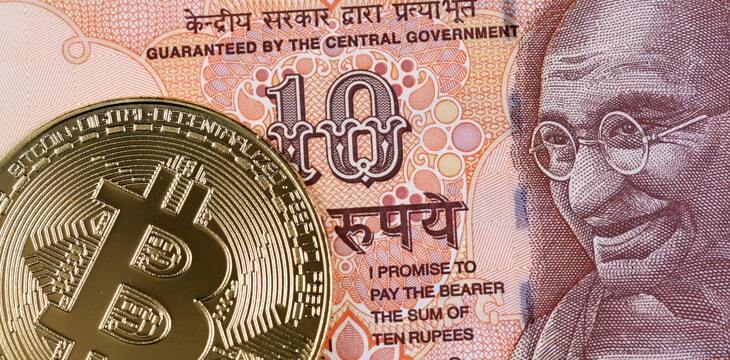As India warms up to blockchain technology with the federal government emphasizing its benefits, its Web3 industry expects more banks and financial institutions to utilize it in 2024 for various use cases.
“[Blockchain] gives us so many options. It can be used in so many different ways. So we are not against the technology,” India’s finance minister Nirmala Sitharaman said in 2023. She also expects blockchain use in India to rise by about 46% in the next few years.
Until last year, India’s provincial governments experimented with Blockchain’s immutability, put land records and certification on Blockchain, and introduced an online portal for lodging police complaints.
“What happened last year was mainly governments using it for land registries and some for document credentials, management systems, and application and document filing. Data integrity solutions,” pointed out Rohan Sharan, founder and CEO of Timechain Labs, an on-chain application development firm utilizing BSV blockchain technology, in an exclusive interview with CoinGeek.
“What I see happening next is some financial proliferation of blockchain with CBDC because there is programmability of CBDC, and the power of different DeFi solutions like supply chain financing happening using blockchain,” Sharan pointed out.
Sharan said he expects challenges related to CBDC’s programmability and the regulation around that.
“The CBDC currently issued is not programmable by default. Our approach in the industry has been to make a bridge for the CBDC token onto the Blockchain. In our case, it’s the BSV blockchain,” Sharan added while pointing out that the central bank—the
Reserve Bank of India (RBI)—has not issued proper guidelines on how CBDC bridge tokens will be accepted, promoted, or allowed to exist.
A bridge enables the transfer of tokenized assets across different distributed ledger technology networks.
India’s central bank digital currency (CBDC), or the digital rupee, has made significant progress, with the RBI meeting its target of one million daily transactions. The South Asian nation’s central bank started its first digital rupee pilot in the wholesale segment on November 1, 2022, while the retail digital rupee pilot began on December 1, 2022.
“Banks in India are using it [Blockchain] in a big way. They are making interbank settlements through Blockchain,” Rajagopal Menon, vice president of WazirX, one of India’s largest virtual digital asset trading platforms, told CoinGeek.
“You have 15 banks working together using Blockchain to make settlements happen. Blockchain enterprise and state-wise adoption have gone through the roof in India. The only missing piece is regulation, which will happen in 2024-2025,” Menon added.
Replicate blockchain use cases.
Dilip Chenoy, chairman of Bharat Web3 Association, an industry body formed to promote and grow the Web3 industry in India, said he expects provincial governments in India to collaborate this year and replicate some blockchain use cases that have already been successful at different levels.
The Western Indian state of Maharashtra is reportedly using blockchain technology to store all e-registration data for newly constructed properties. While in Eastern India, the West Bengal New Town Kolkata Development Authority (NKDA) partnered with Airchains, a Web3 middleware SaaS platform, to digitize land ownership through a non-fungible token (NFT)-based mutation for land records management. The blockchain model enables fractional property ownership.
“We see in 2024, there will be multiplication of these [blockchain] use cases across different states because that’s the easiest thing to do. So we will see an optimization of use cases,” Chenoy told CoinGeek in an exclusive interview.
“And you will see a lot of tokenization efforts driven both by the government and the private sector,” he said. “Enterprise applications will dramatically increase. Banking is a big sector. And, of course, you might see something happening in the financial services insurance industry.”

